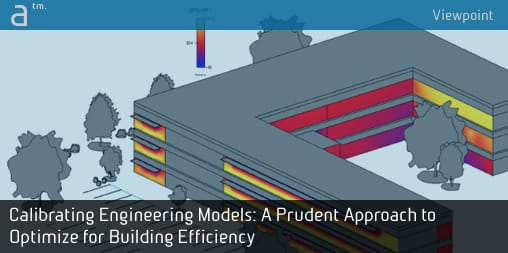Energy efficient building design is the latest buzzword. A lot of research is being carried out to get better hold of the entire concept.
We cite one such research done by the economists from the University of Chicago, California and Berkeley. These economists came together to study the cost effectiveness of introducing energy efficiency to building design.
This study brought to light some thought-provoking aspects, and highlighted some very practical and critical challenges like:
- The tendency of existing models to over-predict energy savings
- It is expensive to deliver services for public programs
- Ways of measuring public investments in efficiency are many, and every time the results vary
The authors in the study somewhere state that we need to be serious enough about how investments should be done in carbon abatement since we can’t afford to waste resources.
Let us dive deeper into these above mentioned challenges and learn more about energy efficiency and unpack some more conclusions:
Models have the tendency to over-predict?
It’s quite well known and agreed that existing modeling approaches over-predict the normal baseline of energy usage, and hence the savings that reflects is a result of efficiency upgrades. There have been various studies over a period of time that show there is a bias toward over-prediction; especially when it is about un-calibrated energy models.
This article observes many of the fundamental reasons for the existence of this bias. Moreover, there are numerous efforts underway to correct the issue.
An effective approach is to utilize actual energy data via calibrated energy modeling.
Will efficiency really payback?
Valuing the cost effectiveness of an energy retrofit just by dividing the total cost of an improvement by the savings is a generalized approach. It is important to consider a host of non-energy benefits in housing retrofitting most significant being occupant comfort. Energy efficiency for a residential property is vastly at an unfair disadvantage, when full cost of project is compared to the mere energy savings.
These issues are specifically addressed for publicly-funded weatherization programs for residents falling in low-income bracket.
In addition to this, comparing public costs associated with low-income weatherization to market-based energy efficiency is inaccurate.
Low-income weatherization is quite an expensive affair as compared to market-rate efficiency programs owing to number of factors.
In short, as compared to low-income programs, the overall cost of energy efficiency is much more low in market-rate sectors as well as public money is a just a small percentage of the total investment.
Does efficiency provide a cost-effective way to reduce carbon?
Several studies have concluded that the public investment in energy efficiency is many notches more cost-effective than procuring new power sources. Even if actual costs are higher than thought-before, efficiency offers a crucial and direct opportunity for large-scale reduction in the emissions which are quite cost-effective as compared to other choices.
The energy efficiency industry is ready with several innovative business models, new sorts of financing, and supreme development building technologies driven by an amalgamation of access to data, involved capital markets, and the current and imminent regulation of carbon emissions in power production. Valuing efficiency savings founded on real results will also balance carbon price.
Several factors and randomly interacting variables dictate energy performance of a building. The take away should not be to hand over the efficiency, but to aggressively encourage innovation and experimentation in developing calibrated engineering models from actual energy data and optimizing the building design, HVAC systems, lighting systems, et cetera for higher sustainability and lower carbon emissions.
About Author:
Bhushan Avsatthi is an Associate Director at Hi-Tech Outsourcing Services. Bhushan imbibes the prophecy of efficient and prudent use of energy in his day to day life and advices his team to do so as well. He is also involved in green initiatives like nonprofit tree plantation project and promotes using cycles for commuting small distances. Bhushan, handles a team of architects, Structural and MEP engineers, LEED consultants and Energy modeling experts.





Reader Comments
RT @architosh: Calibrated Engineering Models – A Prudent Approach to Optimize Building for Energy Efficiency: Energy effi… http://t.co/Cm…
RT @architosh: Calibrated Engineering Models – A Prudent Approach to Optimize Building for Energy Efficiency: Energy effi… http://t.co/Cm…
RT @architosh: Calibrated Engineering Models – A Prudent Approach to Optimize Building for Energy Efficiency: Energy effi… http://t.co/Cm…
Calibrated Engineering Models-A Prudent Approach to Optimize Building for Energy Efficiency http://t.co/uo01LOfmP1 by Bhushan Avsatthi #aec
Calibrated Engineering Models-A Prudent Approach to Optimize Building for Energy Efficiency http://t.co/uo01LOfmP1 by Bhushan Avsatthi #aec
Comments are closed.